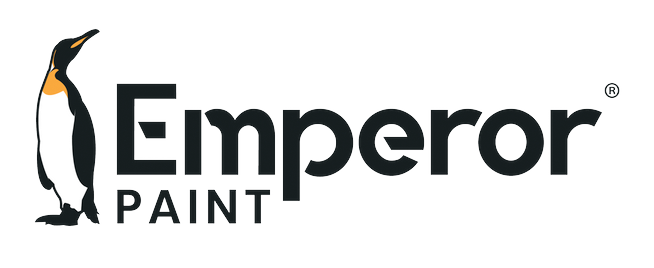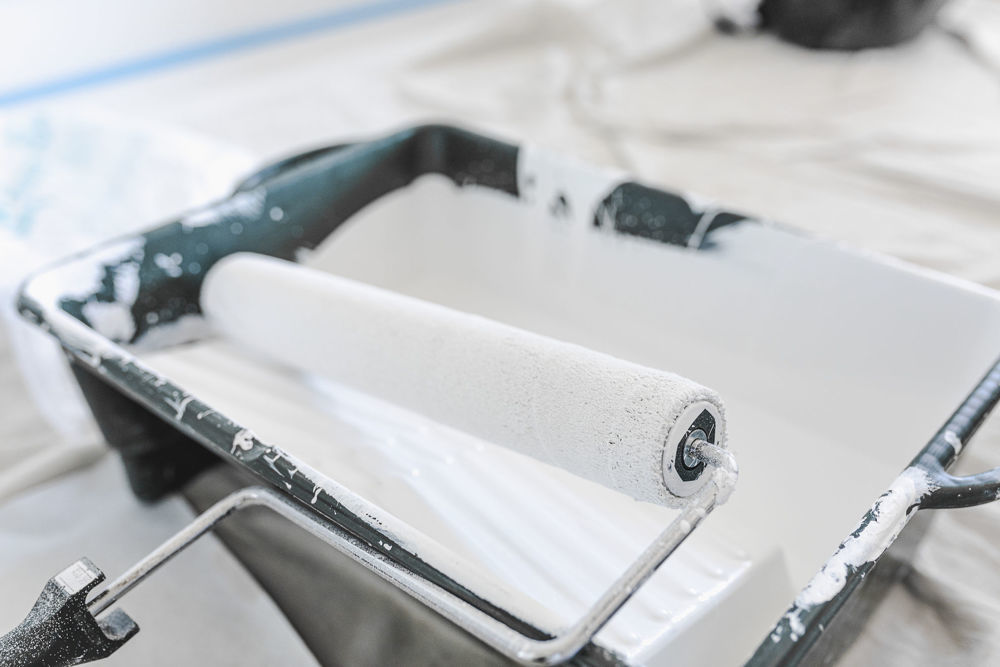
Damp proof paint is something that has a large amount of conflicting information regarding it. That is why our team of experts have put together this handy guide that contains everything you need to know about damp proof paint, so you can keep your home warm, dry & wave goodbye to damp problems long-term.
What Is Damp?
The first step when discussing damp is to establish what exactly we mean when we refer to 'damp'. Damp is the excess of moisture within a structure either from an intrusion from the exterior, or through a build-up of moisture on the interior of the structure.
To understand damp, it is important to differentiate the different types of damp that can be found across the house. There are three common types of damp:
1. RISING DAMP
Rising damp is caused when moisture from the ground travels up through the external walls of a property through a process called 'capillary action'. This rising damp is caused either when there isn't a damp proof course (DPC) or the damp proof course has failed. A damp proof course creates a water resistant barrier at the bottom of the wall to prevent the moisture transferring from the ground into the wall, and is present on all buildings. When this fails, moisture can rise up through the ground-level of a property, causing rotting skirting boards and damp patches on interior plaster. This only occurs at the very bottom layer of properties, which helps make it easily identifiable.
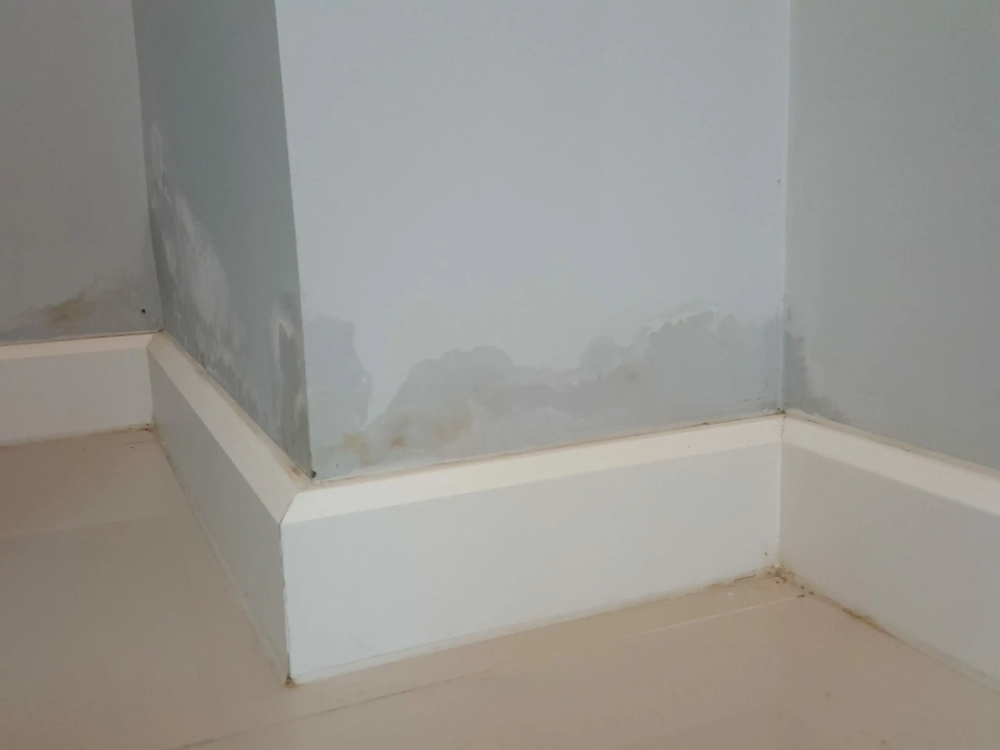
2. PENETRATING DAMP
Penetrating damp is caused by an external source of moisture like rising damp, but in contrast to rising damp it can occur at any level of the property. Contrary to popular belief, exterior masonry walls are porous, meaning they can absorb moisture. Penetrating damp is caused when wind-driven rain is absorbed by external walls, causing what is known as water ingress. In short, this causes water that comes through the walls of a property. This water ingress can also be caused by water travelling through small cracks and defects on the wall. Eventually, the moisture makes its way into the internal wall of a property causing large-scale damp problems. Penetrating damp can be identified by fungus and discolouration on external walls, internal mould, walls that are damp to the touch, crumbling plaster and by any signs of damage to the external wall like cracked bricks or crumbling mortar.
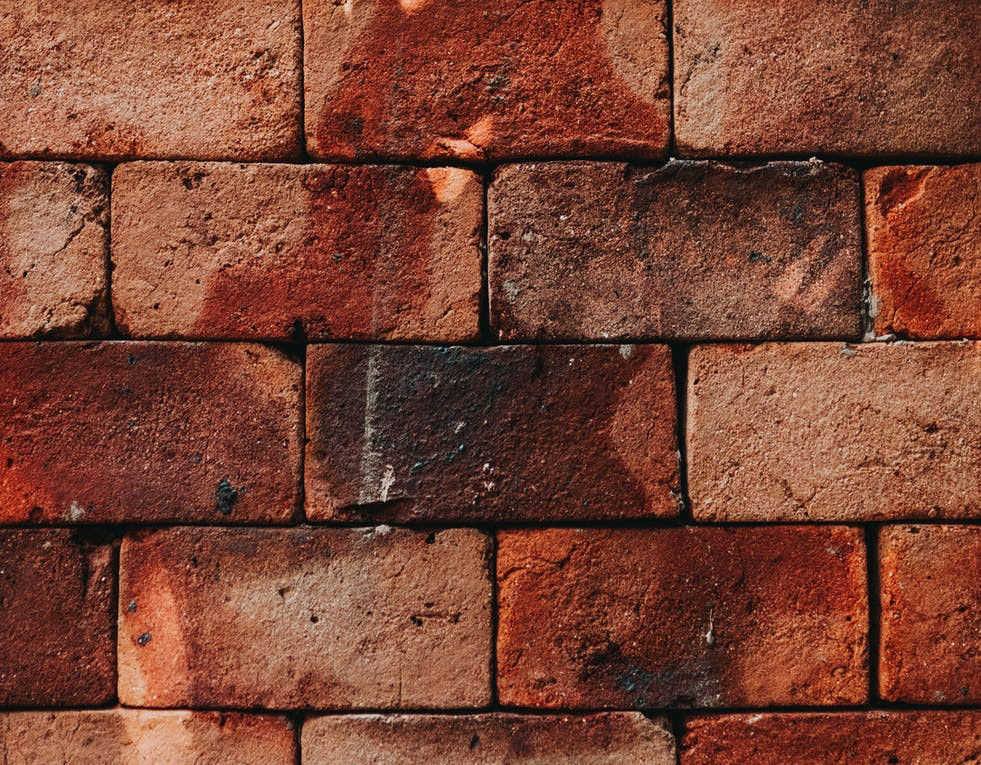
3. CONDENSATION
Damp can not only be caused by an external source of moisture, but also by an internal source of moisture. Through the day-to-day activities within our homes condensation is created, from things such as dryers and showers. This condensation can gather in areas of poor ventilation and in high moisture rooms, causing mould growth on interior walls. This is especially a problem in areas such as bathrooms and kitchens. Wondering how to identify damp caused by condensation? Black mould is the key indicator of damp caused by condensation, as well as water collecting on windows.
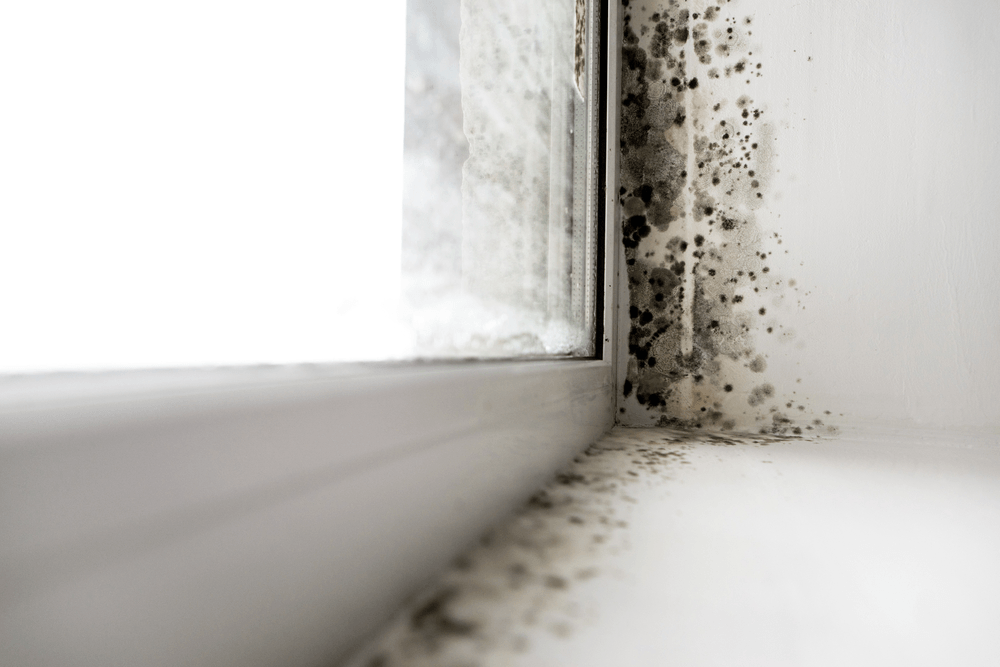
What Impact Can Damp Have?
Damp can have a significant impact on the health of your home and those that live in it, so it is crucial not to take it lightly and to resolve the source of the damp as soon as possible.
A big symptom of moisture rich conditions is black mould spots across the internal walls of a property, which can cause a variety of health issues such as skin conditions & respiratory problems, especially with people who are more sensitive to these problems. These problems can worsen over time, as the black mould continues to develop.
In terms of the structure of your home, damp is both an aesthetic and performance related issue. Any damp and mould growth can look unsightly, both on interior and exterior walls. When exterior walls become saturated with water, this can aid the growth of lichens and other organic matter, causing exterior walls to discolour.
Potentially the most damaging symptom of damp problems is structural damage. With penetrating damp in particular, brickwork can crack, which in turn allows more moisture to enter the external wall. When this moisture undergoes a freeze-thaw cycle, it will expand causing the defect to worsen. This allows more water to enter the wall, creating a continuous cycle of damage that can be very costly to repair.
Furthermore, the internal damage to decorative paintwork, plaster & wallpaper can be significant with high-levels of moisture. While this is not structural, it can be a frustrating knock-on effect of the damp problems that will cause the need to redecorate down the line.
One of the lesser-known side effects of a property that suffers from damp is heat loss. Wet walls transfer heat much quicker than dry walls, meaning lots of heat is lost from a property as the heat is directed to drying wet walls rather than heating the house. To be exact, damp content of 5% can lower the insulating properties of a surface by 50%. This is significant as 35% of the heat that is lost from our homes is lost through the external walls, so damp problems can be an indicator that your home has poor energy efficiency. By reducing water ingress and by keeping external walls dry, significant improvements to the energy efficiency of a property can be made.
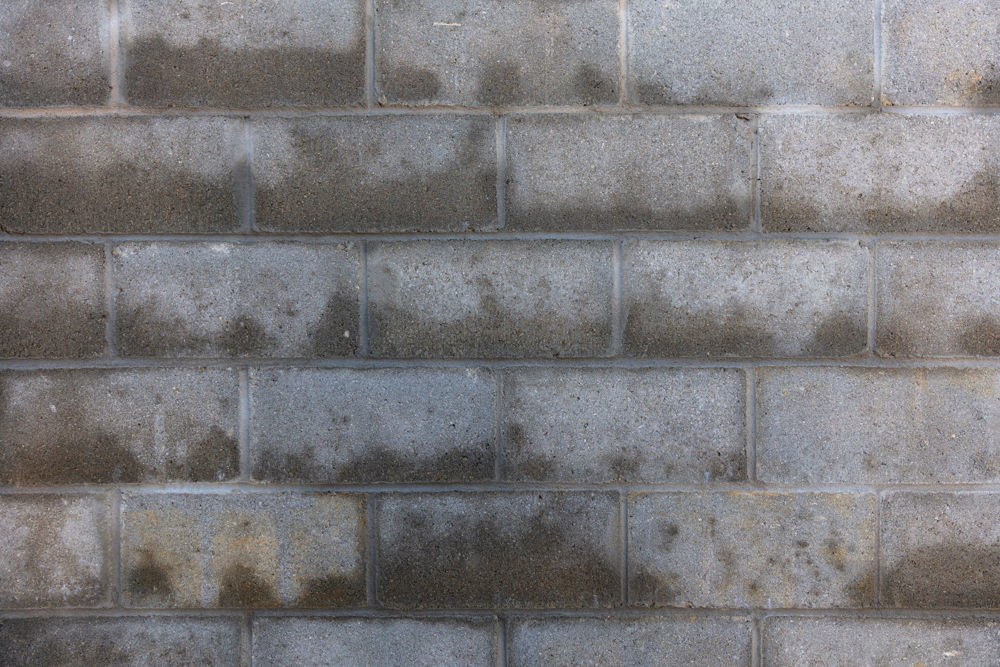
How Can You Damp Proof A House?
Depending on the source of the moisture, there are a number of solutions to preventing damp problems. When it comes to rising damp, this is the most difficult and most expensive type of damp to prevent, as it involves having a professional implement a damp proof course on your property. For this reason, it is recommended that you seek a damp proofing professional regarding your damp problem as soon as possible.
For condensation, there are a number of simple steps you can take to reduce damp. Improving the ventilation of a room is essential for allowing the condensation to escape before it can gather and cause mould growth. Open windows regularly and move furniture away from walls to allow air to circulate more effectively around the room. In problem areas such as bathrooms and kitchens or rooms where ventilation is poor, it may be necessary to apply an anti-condensation paint, which is often referred to as a thermal insulating paint. While some anti-condensation or anti-damp paints kill black mould when it grows by containing harmful biocides, more advanced thermal insulating paints prevent the formation of condensation on interior walls in the first place, before the black mould can grow. While this can help reduce mould growth, the most effective long-term way to prevent black mould on interior walls is to prevent for condensation forming in the first place.
Advanced thermal insulating paints retain heat in the interior wall of a property, which prevents the formation of condensation on the surface as the condensation is evaporated away. After applied, heat that would ordinarily be lost through the wall will be absorbed by the thermal emulsion and used to prevent the formation of condensation, helping to reduce any black mould problems.
When it comes to treating penetrating damp, you must prevent water from entering the external wall of the property. The moisture can either be finding its way into the wall either by absorbing into the surface or through a defect such as a crack. The first step is to check for any defects and repair these using an exterior filler. Secondly, you must limit the water from absorbed through the masonry by applying a waterproofing treatment. There are a number of waterproofing products that reduce water ingress, however it is important to distinguish them. Types of waterproofing products include 'brick sealers', 'masonry cream' and 'masonry paint', but what are the differences?
BRICK SEALERS
A brick sealer is a clear, water repellent treatment that is applied to bare brick and masonry surfaces. The term 'sealer' refers to the film that is created when it is applied to the surface. While this film prevents water ingress, it can also trap any moisture inside the surface, in the same way that plastic cling film would. This low breathability can cause a big problem as the trapped moisture begins to cause deterioration to the brickwork, as the moisture saturates the material. This can also make damp problems worse, as there is no way for moisture to escape from inside the property. Eventually, the moisture builds up until it causes the film to burst, which is why brick sealers generally come with a lifespan of anything from 6 months to 5 years, depending on the situation.
MASONRY CREAM
Masonry cream like a brick sealer, is a clear water repellent treatment, however it works in a slightly different way to a film forming sealer. Masonry cream, instead of creating a film on the masonry, absorbs into the masonry much in the same way a moisturiser would. When the masonry cream penetrates deep into the brick, it gives the brick water repellent properties instead of creating a water repellent barrier on the surface of the brick. This means that the breathability isn't impacted, allowing water vapour from inside the property to naturally breathe out. By working underneath the surface of the brick, masonry cream does not change the appearance of the masonry, leaving a perfectly natural finish. As rainfall can absorb into the surface but water vapour can naturally breathe out, masonry cream is a highly effective treatment for penetrating damp, helping to keep brickwork warm & dry. It also offers long-term protection as there is no film to break or become weathered. Testing has shown that the most advanced masonry creams can offer 25+ year protection from water ingress.
MASONRY PAINT
Not everyone wants an invisible waterproofing treatment, sometimes it's nice to add a burst of colour to the external walls of a property. In many cases this may be the only option as clear treatments cannot be applied to previously painted brick, stone or render as the paint will prevent it from adhering to the wall. When looking for a coloured waterproof product, waterproof masonry paint is the best option. Contrary to popular belief, not all masonry paints are waterproof. To be waterproof, a masonry paint must be water repellent. Due to this, many masonry paints are labelled 'weatherproof' or 'weather resistant', as they withstand weathering to an extent, but eventually can allow some moisture to absorb into the wall. Waterproof masonry paints must have high breathability in order to perform long-term. To be considered highly breathable, a paint must have an SD value of under 1.
Super Hydrophobic Technology
Highly advanced super hydrophobic technology was specially designed to offer long-term protection for exterior surfaces. Utilising nano-technology, super hydrophobic treatments create a water repellent surface on exterior building materials that reduces water ingress, while also remaining highly breathable.
This means that not only can water not penetrate into an exterior wall, but moisture from inside the property can freely escaping, helping to prevent problems associated with penetrating damp.
At Emperor Paint, we offer both a clear masonry cream and a coloured masonry paint that contain our highly advanced super hydrophobic. Both products were independently tested to certify their performance over a 25 year period. The results of the testing found that both products prevent 96% of water absorption and have an SD value of 0.01 (Emperor Masonry Creme) and 0.03 (Emperor Masonry Paint). After a 25 year period of heavy weathering during the testing, they both showed no signs of deterioration after a 25 year period, which is why both products come with a lifetime guarantee. The tests also demonstrated that by keeping exterior walls dry, Emperor Masonry Paint & Emperor Masonry Creme were found to keep treated walls 6°C warmer on average when compared to an untreated wall. This was due to the significantly lower moisture levels in the treated walls that helped prevent heat loss, as the untreated wall was heavily saturated with water which caused it to transfer heat much quicker than the dry walls treated with Emperor Paint products.
Why not order a sample pot of Emperor Masonry Paint or Emperor Masonry Creme and see the performance for yourself? When it comes to choosing an exterior colour, it is recommended to try a sample pot first and this gives you the best indication of the colour once applied to the wall. Need of a bit of inspiration? Read our full masonry paint colour guide.
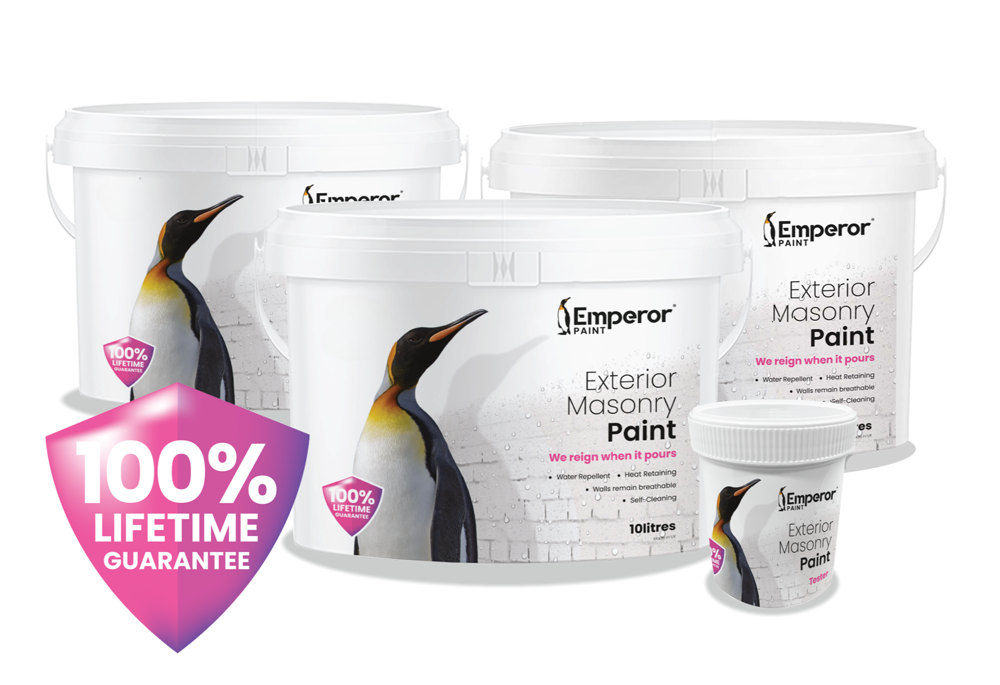
Frequently Asked Questions
Q. HOW DO YOU APPLY EMPEROR PAINT PRODUCTS?
Emperor Masonry Paint can be applied with brush, roller or spray to any previously painted brick, stone, concrete or render. If you are looking to paint bare, unpainted surfaces, apply one coat of Emperor Exterior Primer first before applying the paint. This helps to improve the adhesion of the paint and prevents the paint from soaking into the wall, which would leave a patchy finish. Simply apply your first coat of Emperor Masonry Paint using brush, roller or spray machine and leave to dry for 8 hours. Once completely dry, you can apply your second coat of paint. A long-pile roller is the best way to apply the masonry paint to exterior walls as it has long fibres that can get the paint in all of the small gaps on the textured masonry surface. Try and stick to a coverage of 5-6m2 per litre and ensure you do not paint in direct sunlight, as this can cause the paint to dry too quickly, running the risk of achieving an uneven finish.
Emperor Masonry Creme can be applied again with brush, roller or spray, however it must be applied to bare, unpainted masonry surfaces. Simply apply the masonry cream and allow it to naturally soak into the wall. Do not attempt to brush the cream into the wall as it must absorb into the surface, much in the same way as sun cream. When applying Emperor Masonry Creme, make sure you stick to a coverage of 3-5m2 per litre. Applying too much of the masonry cream can run the risk of some of the cream not fully absorbing into the wall.
In any case, it is crucial that you ensure the surface is completely clean before application. This can be done using a wire brush or a hose pipe to remove large bits of dirt, followed by applying Emperor Exterior Cleaner which kills any fungal growth on the wall. If left untreated, any fungal growth can bloom and cause the treatments to fail. For full information, visit our handy help & advice section.
Q. WHAT COLOURS ARE AVAILABLE?
Finding the perfect colour to paint exterior wall can be a rather difficult process. Emperor Masonry Paint has a specially curated colour palette with 18 standard colours, which have been selected to provide the most on-trend colours for exterior decor. Whether you are looking for a clean and crisp Off-White or something a bit more friendly like a Rose Pink, there is a colour that is perfect for you.
Q. DO I HAVE TO REMOVE DAMP BEFORE TREATING IT?
Whether you are treating an interior or exterior wall with a damp proof paint, the surface must be completely dry. If you apply paint while it is wet, the paint will struggle to adhere to the surface. You should also ensure that there is no surface mould, as this will also prevent the paint from doing its job. On an interior wall, clean the wall down with a cloth and a cleaning solution such as an interior cleaner & degreaser. For exterior surfaces, apply an anti-fungal cleaner which also kills any fungal growth.
We hope we have answered any questions you may have had regarding damp proof paint. If you have any other questions, feel free to get in touch with our team of experts who are on hand to assist you. Contact them today by emailing info@emperorpaint.co.uk or calling them on 0161 509 9009. Alternatively, shop our range of damp proof paints today and get free delivery on all orders.

